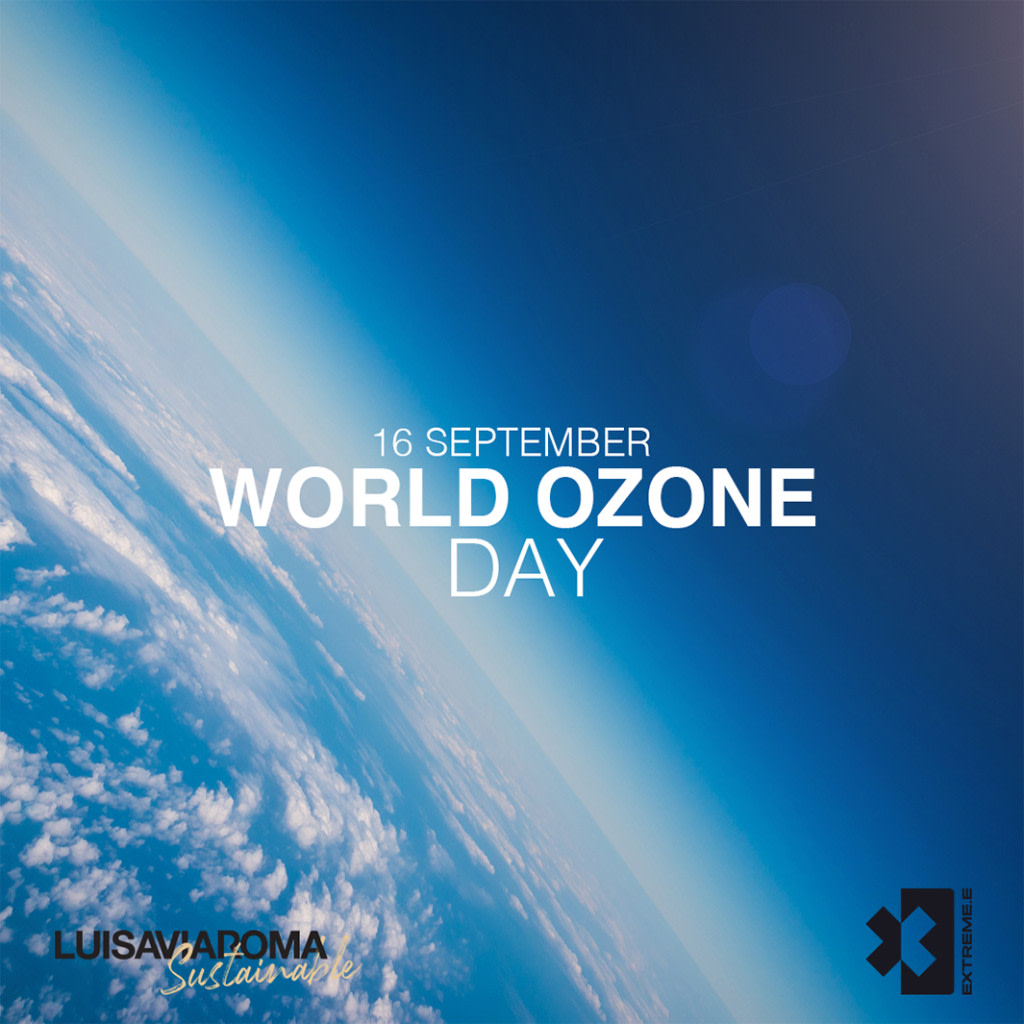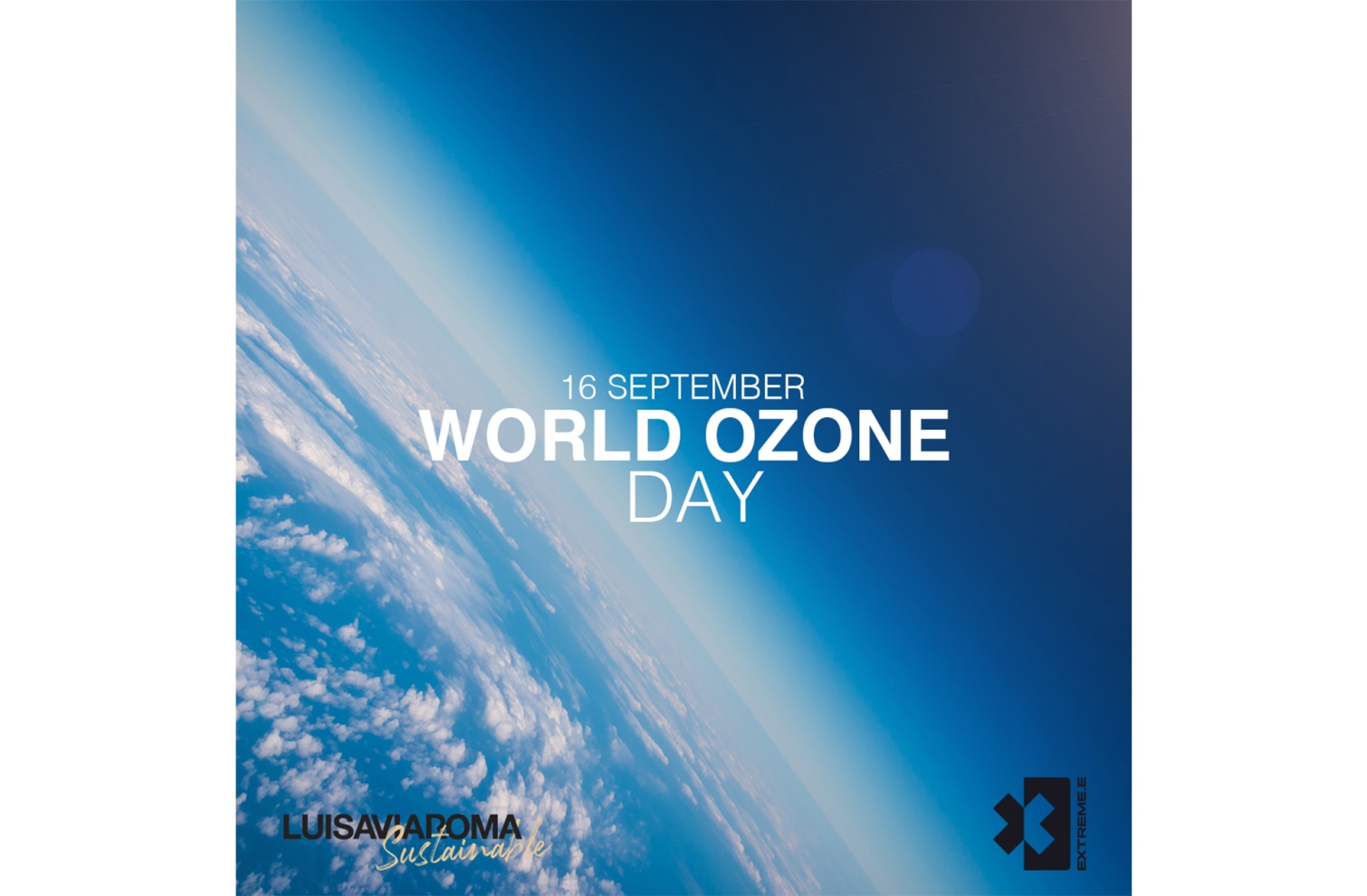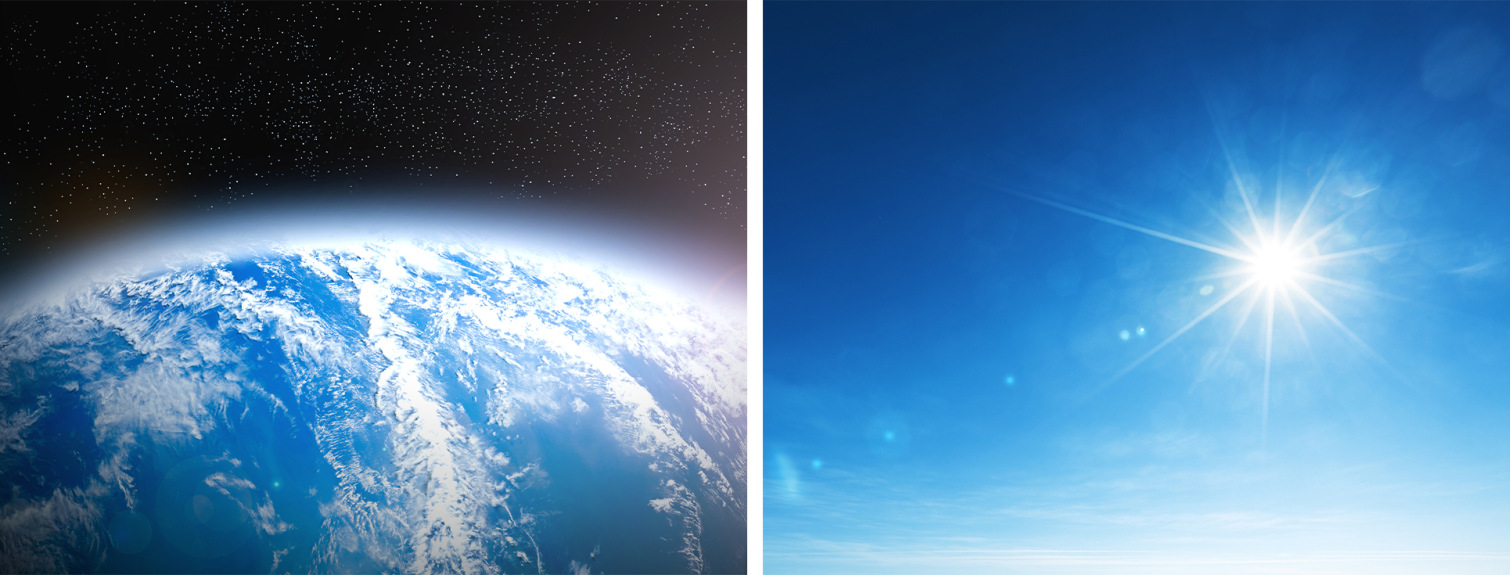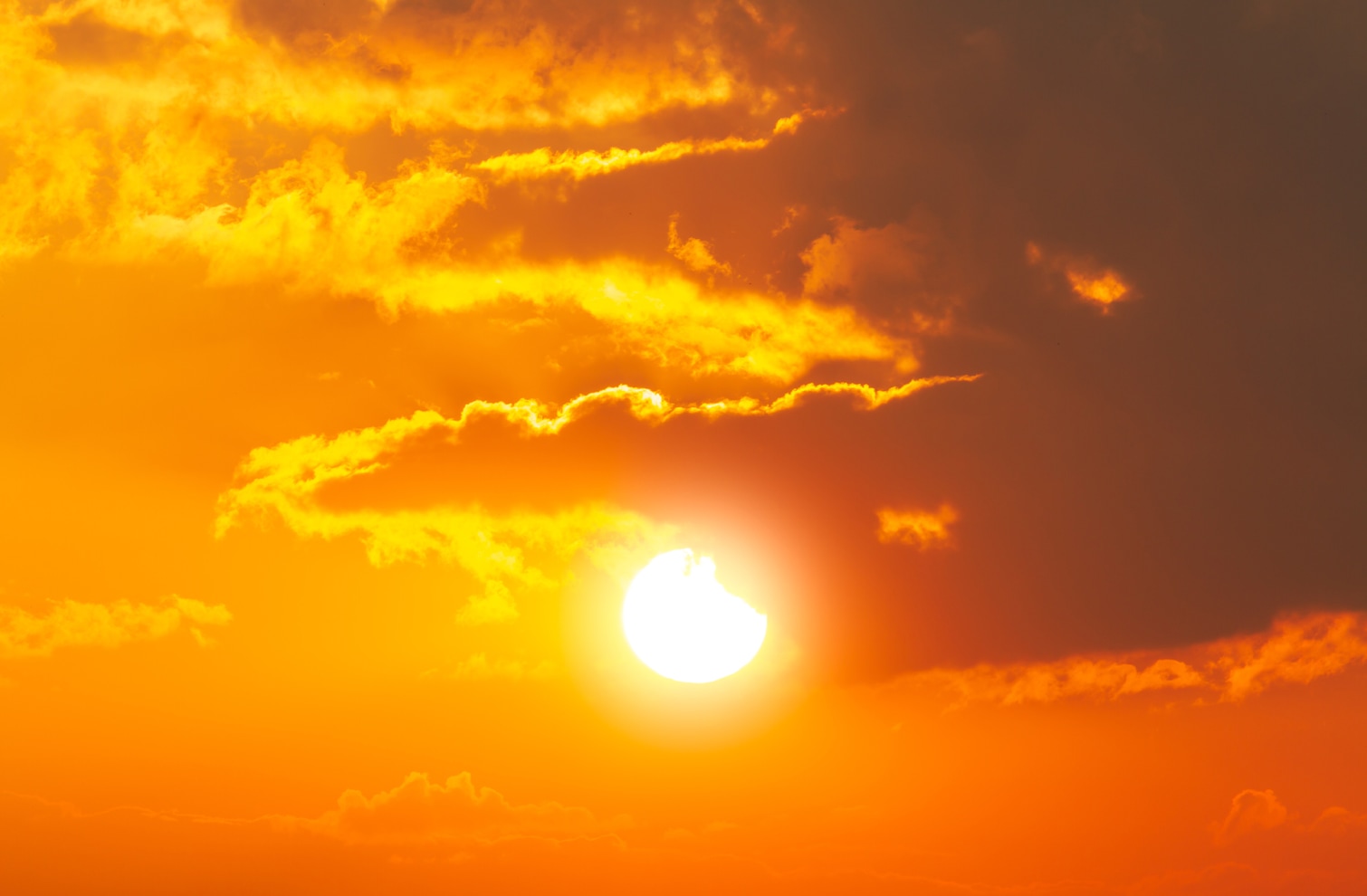In honor of International Day for the Preservation of the Ozone Layer 2020, we wanted to take a minute to inform you about the current situation, the history and research, and ways that we can all make a difference. Knowledge is our strongest asset to work together for a more sustainable lifestyle and healthier planet. Scroll down to learn more and discover our LVRSustainable selection to protect your skin and body!
Each year on September 16th, the International Day for the Preservation of the Ozone Layer is celebrated internationally. Dating back to 32 years ago, 197 countries signed a treaty to phase out the use of the substances that harm or deplete the ozone layer. “The Montreal Protocol on Substances that Deplete the Ozone Layer” was accepted on August 26, 1987 by the United Nations and, enforced on September 16th 1989.
The ozone is a layer in the Earth’s atmosphere that contains relatively high concentrations of ozone (O3). This layer is critically important to humans because it absorbs 97 – 99% of the sun’s high frequency ultraviolet light, which is damaging to plants, animals and humans.
Certain chemicals have caused the Earth’s ozone layer to deteriorate, which has lead to a number of serious health risks including :
Greater incidences of skin cancer
More incidents of cataracts, blindness and eye disease
Potential immuno-suppression or weakening of the immune system
Increased severity of sunburns
Premature aging of the skin
Over the past 30 years humans have made progress in stopping damage to the ozone layer by curbing the use of certain chemicals. But more remains to be done to protect and restore the atmospheric shield that sits in the stratosphere about 15 to 30 kms above the Earth’s surface.
In 1974, scientists published a research detailing threats to the ozone layer from chlorofluorocarbon (CFC) gases used in aerosol sprays and refrigerators. As they reach the stratosphere, the sun’s UV rays break CFCs down into substances that include chlorine that destroys ozone molecules. The groundbreaking research—for which they were awarded the 1995 Nobel Prize in chemistry—concluded that the atmosphere had a “finite capacity for absorbing chlorine” atoms in the stratosphere.
Recognition of the harmful effects of CFCs and other ozone-depleting substances led to the Montreal Protocol on Substances That Deplete the Ozone Layer in 1987, a landmark agreement to phase out those substances that has been ratified by all 197 UN member countries. Without the pact, the U.S. would have seen an additional 280 million cases of skin cancer, 1.5 million skin cancer deaths, and 45 million cataracts—and the world would be at least 25% hotter.
More than 30 years after the Montreal Protocol, NASA scientists documented the first direct proof that Antarctic ozone is recovering because of the CFC phase-down: Ozone depletion in the region has declined 20 percent since 2005.
Some hydrochlorofluorocarbons (HCFCs), transitional substitutes that are less damaging but still harmful to ozone, are still in use. Developing countries need funding from the Montreal Protocol’s Multilateral Fund to eliminate the most widely used of these, the refrigerant R-22. The next generation of coolants, hydrofluorocarbons (HFCs), do not deplete ozone, but they are powerful greenhouse gases that trap heat, contributing to climate change.
Though HFCs represent a small fraction of emissions compared with carbon dioxide and other greenhouse gases, their planet-warming effect prompted an addition to the Montreal Protocol, the Kigali Amendment, in 2016. The amendment, which came into force in January 2019, aims to slash the use of HFCs by more than 80 percent over the next three decades.
Women’s
Men’s
A special thank you to Extreme E.




